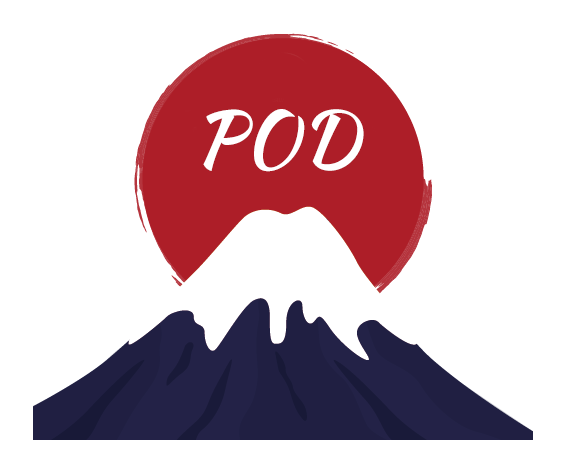Ukiyo-e, a traditional Japanese art form, has a rich history that dates back to the Edo period (1603-1868). It is characterized by woodblock prints depicting various subjects, such as landscapes, famous actors, and beautiful women. Despite its traditional origins, Ukiyo-e art printing has managed to adapt and thrive in the modern world, captivating audiences worldwide. This article explores the journey of Ukiyo-e from tradition to modernity and how it continues to flourish today.
1. The Origins of Ukiyo-e Art:
Ukiyo-e, which translates to "pictures of the floating world," emerged during a time of peace and prosperity in Japan. It initially served as a form of entertainment for the common people, depicting scenes from daily life, kabuki theater, and the pleasure quarters. The art form gained popularity due to its affordability and accessibility, as woodblock prints could be mass-produced.
2. The Techniques of Ukiyo-e Art Printing:
Woodblock printing is the foundation of Ukiyo-e art. Skilled craftsmen carve intricate designs on wooden blocks, one for each color used in the print. These blocks are then inked and pressed onto paper, resulting in vibrant and detailed prints. The collaboration between artists, carvers, and printers was essential in producing high-quality Ukiyo-e prints.
3. The Evolution of Ukiyo-e:
During the Meiji period (1868-1912), Japan underwent rapid modernization and westernization. As a result, Ukiyo-e faced challenges in maintaining its relevance. However, some artists adapted to the changing times by incorporating new themes and techniques. Notably, artists like Hiroshige and Hokusai introduced landscape prints, capturing the beauty of nature. These works appealed to both domestic and international audiences.
4. Ukiyo-e in the Contemporary Art World:
Despite the decline in popularity during the 20th century, Ukiyo-e art has experienced a resurgence in recent years. Contemporary artists and printmakers have embraced the traditional techniques while incorporating modern themes and styles. They explore diverse subjects such as pop culture, urban landscapes, and social issues, breathing new life into the art form.
5. Preserving Cultural Heritage:
Efforts to preserve Ukiyo-e as a cultural heritage have played a significant role in its continued success. Museums and galleries around the world showcase Ukiyo-e prints, educating the public about its historical significance. Additionally, organizations and artisans work together to ensure the preservation of traditional techniques, passing down the knowledge to future generations.
Conclusion:
Ukiyo-e art printing has successfully transitioned from tradition to modernity, captivating audiences with its timeless beauty. The ability of Ukiyo-e to adapt to changing times while preserving its essence is a testament to its enduring appeal. As contemporary artists continue to explore new possibilities within this art form, Ukiyo-e remains an integral part of Japan's cultural heritage and a source of inspiration for artists worldwide.
Related recommendations:
Products designed and printed with the 10 most popular ukiyo-e themes.

